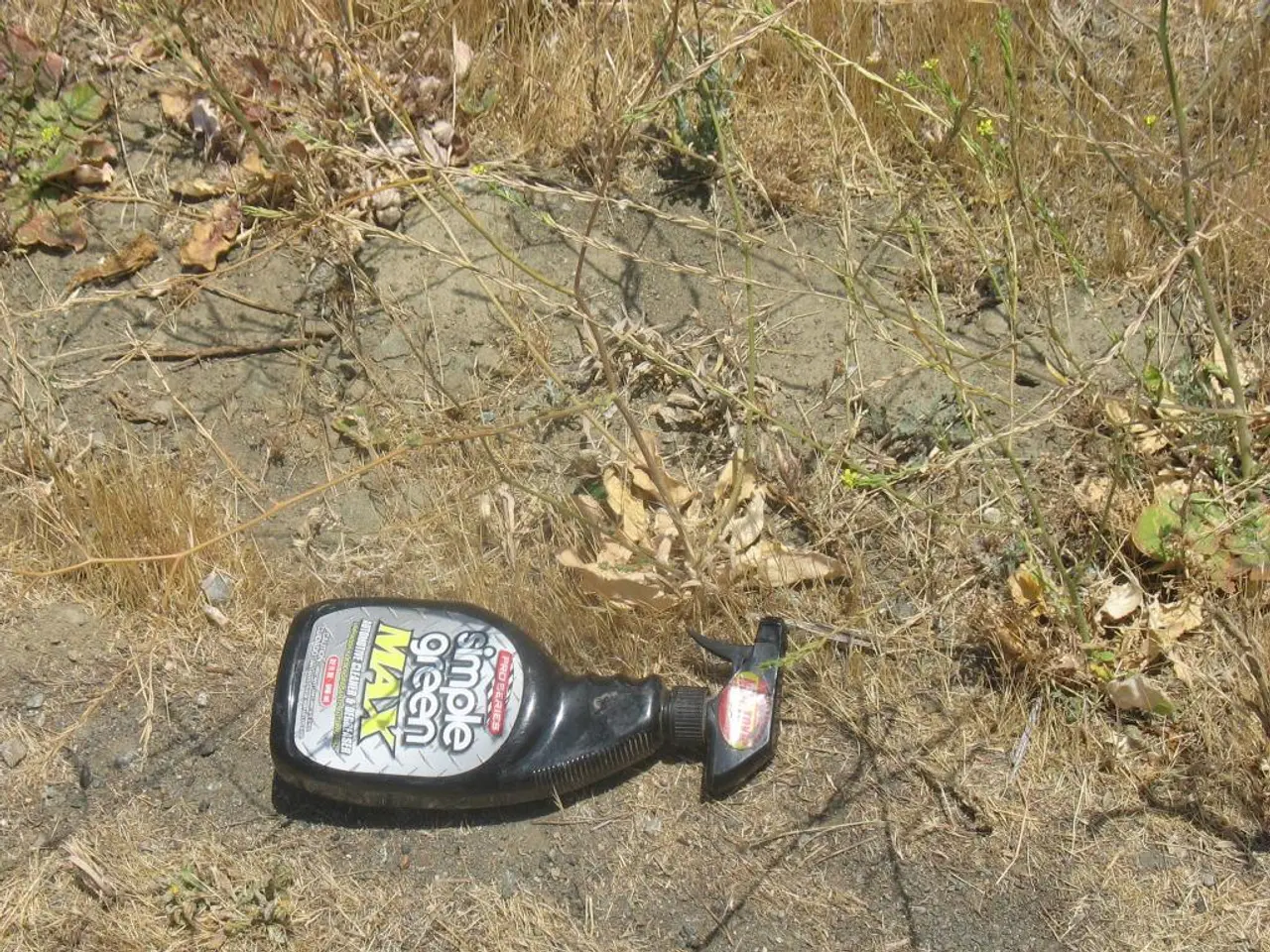Remarkable Continuation of Biostimulants Interest Despite a Significant 86% Cut in Funding Allotted
The U.S. crop biostimulant industry is currently experiencing active development, with the proposed Plant Biostimulant Act of 2025 aiming to provide a clear, science-based, and uniform federal definition of plant biostimulants. This legislation seeks to align federal agencies like the USDA and EPA with state regulations, reduce regulatory uncertainty, and expedite product availability to growers.
The Act, which is bipartisan and bicameral, has garnered support for its inclusion in the upcoming Farm Bill. This move is intended to maintain U.S. competitiveness globally, particularly against Brazil, Europe, and China.
Product differentiation remains a significant challenge in the U.S. biostimulant market. The limited variety of active ingredients, such as seaweed extracts, organic acids, protein hydrolysates, and select microbial species, coupled with the frequent formulation of products combining several of these ingredients, makes it difficult for manufacturers to clearly differentiate their products. While regulatory clarity from the new legislation is expected to help, better and clearer messaging from manufacturers and retailers is also needed to improve differentiation and consumer understanding.
Interestingly, about 29 U.S. states are engaged in or considering legislation or rulemaking around biostimulants in 2025. California has already defined plant biostimulants in state law, supporting the move towards a federal framework. This aligns with international regulatory trends, such as those in the EU and Brazil, which already have formal biostimulant definitions and regulatory frameworks.
The evolving regulatory environment is intended to bolster innovation, safety, and market clarity in the crop biostimulant industry in the U.S. Continued investment, partnership, and M&A activity is expected in the biostimulant market as it seeks equilibrium in the number of companies it can support.
Biostimulants are substances or microorganisms used to boost productivity and resiliency in crops. They activate processes already naturally present in the plant to improve nutrient uptake and efficiency, stress tolerance, and yield. Continued innovation in new actives and formulations, including possible RNAi-based options, is expected for biostimulants.
The 2025 Crop Biostimulant Landscape was unveiled at the 2025 Salinas Biological Summit, highlighting the growing interest in this sector. The entire ag biologicals market is expected to be worth $19.6 billion by 2027, with biostimulants accounting for about $7.6 billion of that market.
Since 2015, startups listed on The Mixing Bowl's biostimulants map have jointly raised a total of $4.2 billion. Countries like France and Belgium have seen significant deal activity in the biostimulant space, with France having 11 deals and Belgium having 10. India ranks second in deal count for biostimulant startups, following the U.S., despite ranking seventh in terms of total amounts.
Regulations have tightened on traditional chemicals, making biostimulants potential alternatives. The crop biostimulant space is incredibly crowded, with 350 companies. However, the industry continues to be "a challenging one to navigate." Despite this, the interest in biostimulants has been "extraordinary."
The U.S. has yet to establish a definition and/or framework for biostimulants, but the Plant Biostimulant Act has been reintroduced to address this. Brazil also has its own definition for biostimulants, further emphasizing the global interest and need for standardized regulations in this sector.
- The U.S. biostimulant market faces challenges in product differentiation, despite the ongoing development in the crop biostimulant industry.
- Regulatory clarity, better messaging, and innovation are all keys to overcoming these challenges and improving the market's competitiveness.
- Currently, about 29 U.S. states are engaged in or considering legislation related to biostimulants, with California having already defined them in state law.
- The evolving regulatory environment aims to bolster innovation, safety, and market clarity in the crop biostimulant industry.
- Investors are showing increasing interest in the biostimulant market, with startups jointly raising over $4.2 billion since 2015.
- Biostimulants hold potential as alternatives to traditional chemicals, given the tightening of regulations on these chemicals.
- The global interest in standardized regulations for biostimulants is growing, with the U.S. and Brazil both working to address this issue, which could lead to increased harmony and collaboration in the health-and-wellness, environmental-science, and education-and-self-development sectors, as well as to exciting advancements in technology and finance.




